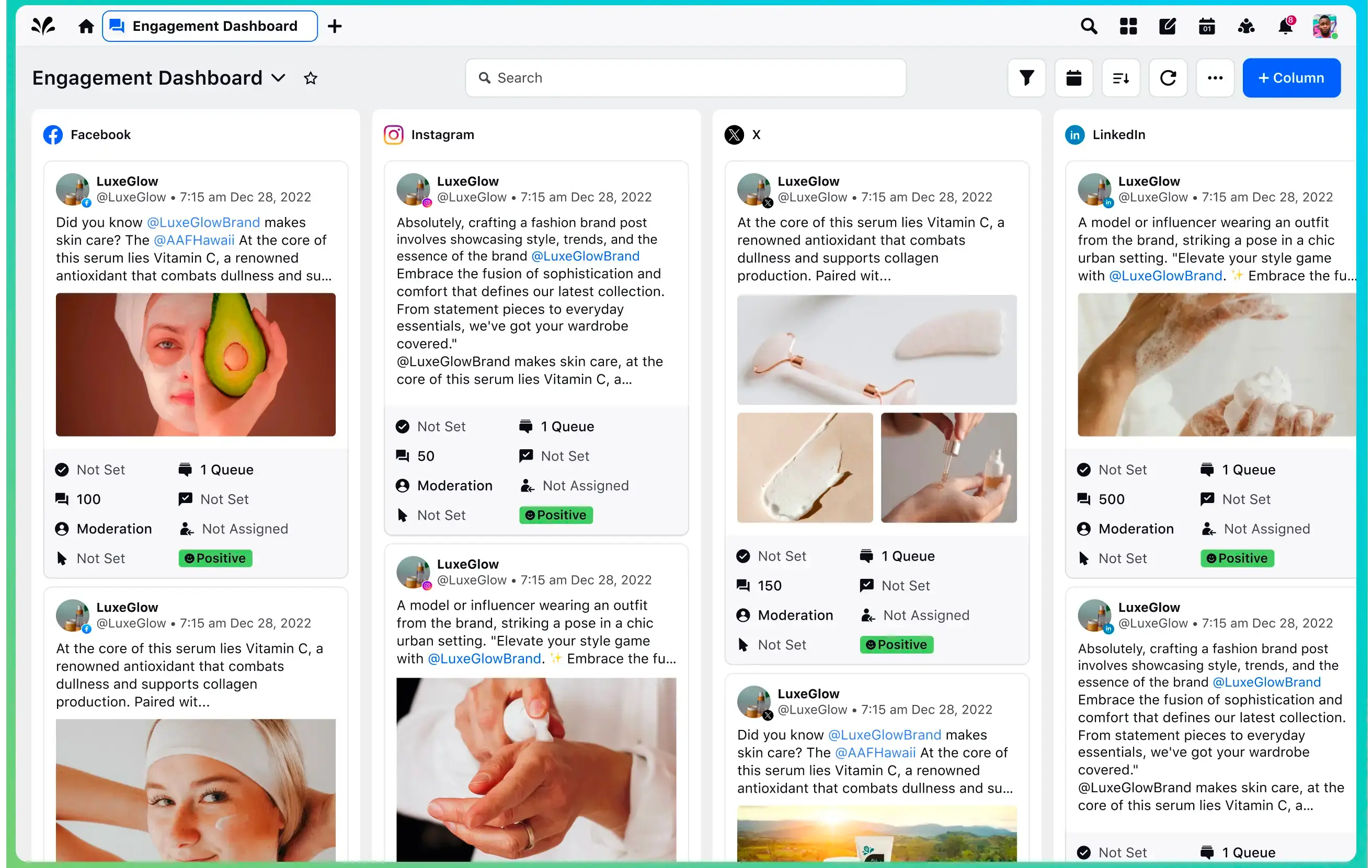The undisputed leader in social media management
For over a decade, the world’s largest enterprises have trusted Sprinklr Social for its in-depth listening, unmatched channel coverage, enterprise-grade configurability and industry-defining AI.

D2C e-commerce: the evolving retail landscape
Direct to consumer (D2C) e-commerce has driven dramatic change in the retail landscape in recent years. The model creates less risk in the supply chain by cutting out the middleman and caters to consumer desires for convenient, quickly delivered goods. Established brands have taken note of companies like Amazon which are growing by using a simplistic, convenience approach to e-commerce. Due to this progression, many other brands are building out their own D2C e-commerce models and drop-shipping strategies in an attempt to engage more effectively with their customers. But these brands still need to find innovative ways to differentiate themselves from the aggressive competition.
Digital experiences have both met consumer expectations and increased them dramatically. Consumers have little patience for poor website experiences and want to purchase goods quickly, efficiently, and conveniently. In an effort to adapt to customer needs, social media platforms have launched social commerce experiences that enable consumers to purchase goods directly through the native platform, creating a more fluid and frictionless purchase experience.
Key stat: checkout friction is costing APAC businesses up to $325 billion in lost revenue (Facebook IQ and Boston Consulting Group)
Meta, for example, is one of the many social platforms focusing heavily on D2C through social commerce and conversational commerce. The company has invested in Instagram Shops, where currently 130 million people per month tap on product tags in shopping posts. Consumer demand for integrated, easy, and satisfying shopping experiences within a social media platform means we’re hitting the apex of the experience economy.
Key stat: 37% of U.S. internet users between the ages of 18 to 34 years have purchased something via social media (Statista)
This step-change is possible through a new technological impetus. E-commerce is currently going through a ‘headless commerce’ revolution. ‘Headless commerce’ refers to the separation of the front-end presentation layer from the back-end business functions. The advantage is that by exposing the back end through APIs, the front end can present itself on multiple platforms, leading to an increase in personalization, scalability, and flexibility. Companies, therefore, have a single e-commerce platform that can present a shopping experience through any digital channel.
Gartner has named this new D2C e-commerce paradigm “commerce everywhere.” It’s defined as “a marketing strategy for facilitating sales transactions across customer touchpoints via a set of technologies that promotes products and enables sales in physical locations and digital channels, such as the Web, mobile, social, and wearable devices.”
The vast potential of this commerce model includes tactics like conversational commerce with chatbots, QR codes for in-store purchases, virtual or augmented reality, digital signage, and smartwatch interaction. Leading brands are exploring how to use social commerce to drive retail sales, including implementing a “buy anywhere, ship anywhere” strategy within the next five years.
Social media platforms will continue to be a place where consumers prefer to execute these transactions for the foreseeable future. Facebook, Instagram, and Pinterest have already enabled this experience, and now Twitter and TikTok are getting on board as well. The only thing left is for brands to take advantage. Are you ready to deliver commerce everywhere?
We’re working with global brands to deliver cutting-edge commerce experiences inside social media platforms. Ramp up your D2C e-commerce strategy.
